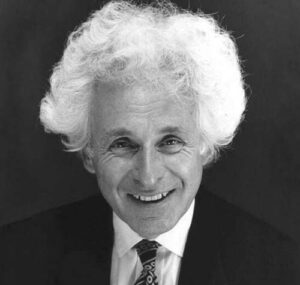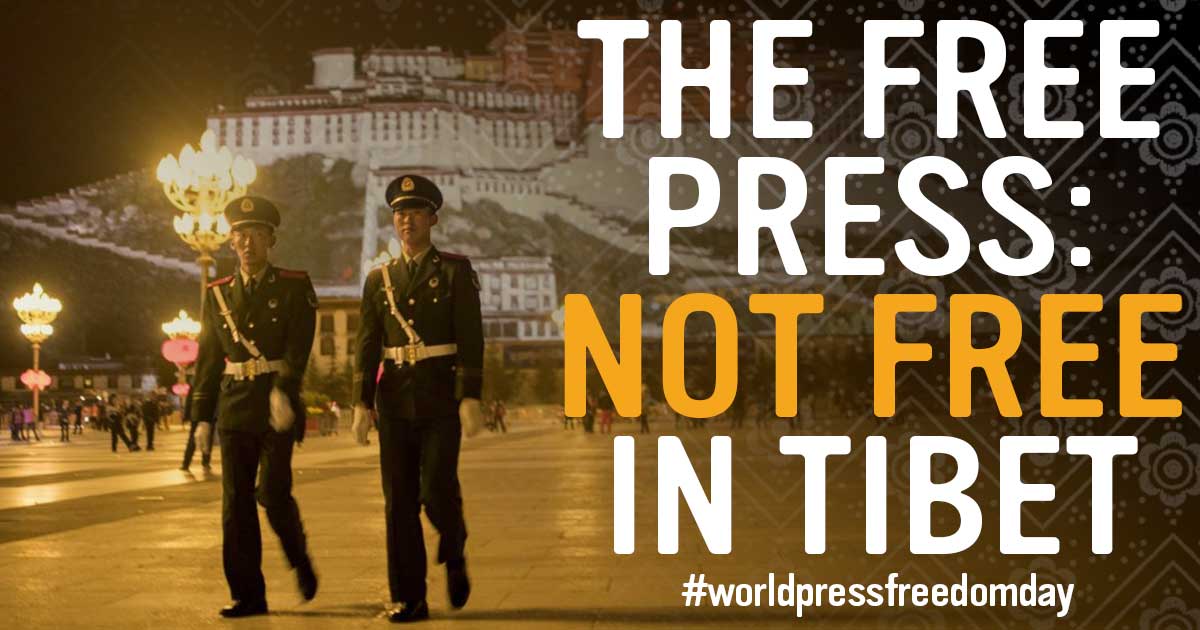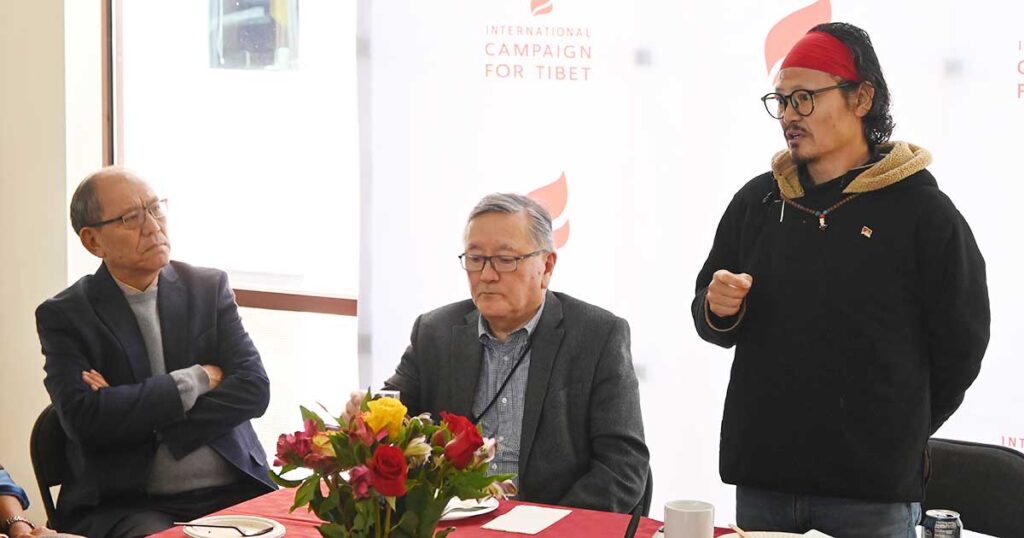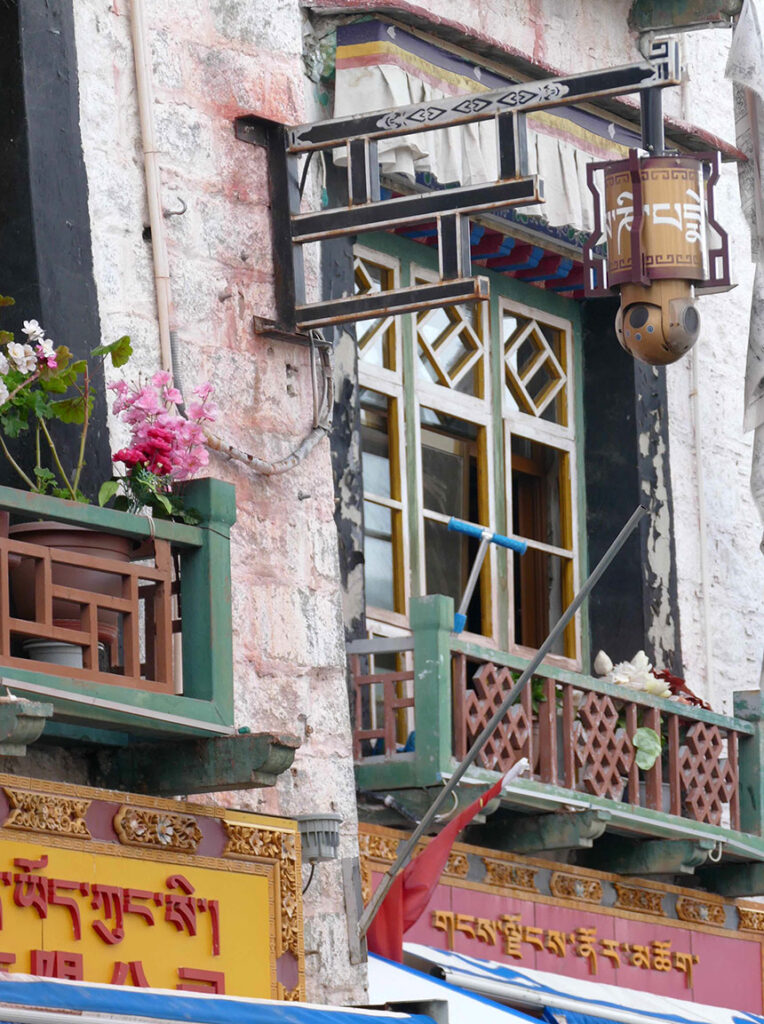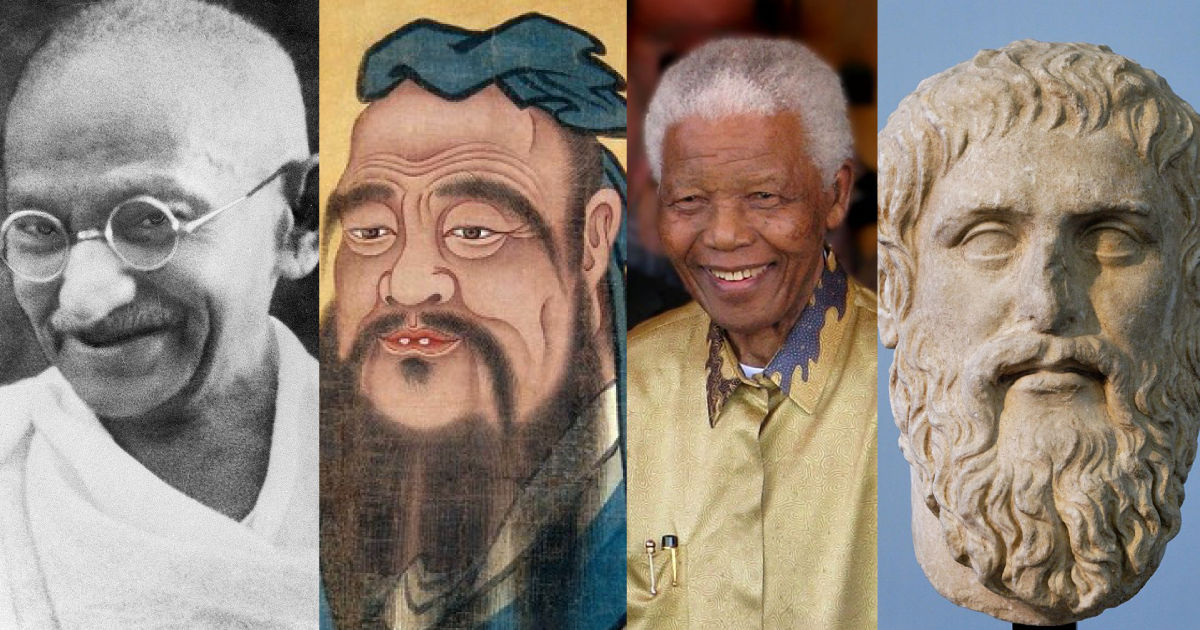For Western audiences, part of the allure of Tibetan culture is that it often seems like an antidote to the doom loops of the modern world. That’s even the case when it comes to one of the West’s most exalted values: democracy.
In 2011, at the start of a decade that saw cult-of-personality leaders ascend to power in some of the world’s largest democracies, the Dalai Lama, one of the most popular figures on Earth and the public face of Tibetan society, voluntarily relinquished his political power. For the first time, Tibetans, spurred on by His Holiness, elected a president, known as the sikyong, who took over much of the temporal authority of the Dalai Lama (His Holiness remained the spiritual head of Tibetan Buddhism).
Impressively, Tibetans voted for sikyong in over 30 countries around the globe. Sadly, this did not include Tibet itself, where the occupying Chinese government suffocates democracy of any sort. But in exile, Tibetans, under the Dalai Lama’s leadership, have established not just an elected presidency but also a parliament (the Tibetan Parliament-in-Exile) and a judiciary (the Tibetan Supreme Justice Commission). These institutions should look familiar to Americans with our tripartite system of checks and balances.
Problems with democracy
Yet if Tibetans are repeating America’s experiments in democracy, they also seem to be running headlong into some of the same problems—namely partisanship and paralysis. In a thought-provoking blog post from earlier this year, my senior colleague Bhuchung K. Tsering asks, “Is Tibetan democracy in exile failing?” While chronicling the Dalai Lama’s heroic efforts to set up a democratic infrastructure and hailing Tibetan democracy at the grassroots level, Bhuchung la also lays out several of the recent controversies in the Tibetan system of government, including the further postponement of a parliamentary session late last year due to the lack of a quorum.
Democracy, Bhuchung writes, “is a double-edged sword”:
When those participating in it exercise their franchise responsibly, there is progress. But when some participants do not do so, they can lead to the stagnation or, worse, the retrogression of the society. The irony will be that people who fall in either of these categories will stick by their position, asserting that they are exercising their democratic rights.
Aptly, Bhuchung compares the dysfunction in the Tibetan parliament to the chaos in the US Congress last year when House Republicans ousted Speaker Kevin McCarthy and failed to agree on his replacement for several weeks. Indeed, it should come as no surprise that Bhuchung’s question about democracy failing applies just as easily to the United States.
But given these failures, I can’t help but wonder about a bigger question: Is democracy really the best option for society?
Worth saving?
In the United States, we hear that our democracy may not survive the next election. Yet if you survey the country, it can be hard to see why it’s worth fighting for in the first place. Across a range of issues, from abortion to gun control to Gaza, the will of the majority is thwarted by contemptuous elected officials alongside unelected jurists and bureaucrats. Policy in the US more often represents the desires of the wealthy than the wishes of the public.
Other pillars of democracy are hollow in today’s America. Protestors exercising their right to free speech are assaulted by militarized police. The mainstream press, supposedly a check on abuses of power, largely echoes the views of the powerful. And as I’ve written before, ordinary Americans lack the economic equality needed for meaningful participation in self-government.
These are all ongoing problems. But let’s not forget that America, the global bastion of freedom, is responsible for genocide, slavery and colonialization. Throughout history, democracies across the world have been guilty of the same. If this is what democracy produces, is it even redeemable?
Undemocratic alternative
Don’t get me wrong: I am very worried about the future of politics in the United States. And I certainly prefer living in America to living in a place like China that lacks even a fig leaf of popular rule. Yet seeing the disasters wrought by our governments, I can’t help but think there has to be a better option out there.
Working at the International Campaign for Tibet for the past six years has brought me closer to one potentially superior alternative: rule by the Dalai Lama. It’s easy to understand why having a leader for life would be horrifying, but what if that leader were His Holiness? I would certainly prefer him to any president the United States has ever had. One of the problems with democracy is that it tends to see the worst people in society—the greediest, most self-obsessed, most morally compromised—running for office or finding puppets to run on their behalf. But under the leadership of the Dalai Lama, you would have one of the world’s best people in power.
Yet the very qualities that make the Dalai Lama such a uniquely qualified leader seem to have informed his decision to give up his authority. In 2011, after he announced his decision to step down from politics, His Holiness acknowledged that he had “received repeated and earnest requests both from within Tibet and outside, to continue to provide political leadership.” But, he added, his decision was based on a wish “to benefit Tibetans in the long run.” “I trust that gradually people will come to understand my intention,” he said, “will support my decision and accordingly let it take effect.”
As an outsider in the Tibetan world, I’ve often wondered if most Tibetans truly want democracy or if they would gladly return to a theocratic system. I’ve asked some Tibetans informally, and, to my slight surprise, they’ve said they think democracy is preferable. One Tibetan friend told me that democracy, for all its flaws, is better than every other form of government.
Amala and democracy
The topic of democracy came up recently when ICT hosted a screening of the documentary “Amala,” followed by a Q&A with the film’s titular subject, Jetsun Pema. The younger sister of the Dalai Lama, she earned the moniker “Amala,” or “mother,” because she served for over four decades as president of the Tibetan Children’s Villages school system in South Asia.
When asked by an audience member about the importance of Tibetan democracy, Amala gave a detailed answer in which she acknowledged some of democracy’s shortcomings. “Democracy is for the people, by the people and with the people,” she said. “That’s something which the leaders tend to forget when they get to the top.”
Nevertheless, Amala said democracy is “very precious.” She spoke about the subject for several minutes; what I found remarkable was how much more deeply she seemed to grasp the meaning of democracy than the average politician does.
Inspiration from Amala
Amala made several observations that all of us who care about good governance would benefit from hearing:
- Democracy and education: Unsurprisingly for a longtime educator, Amala emphasized the role of education in democracy. “Democracy is something you learn right from school,” she said. “People have to be really well-educated to know what democracy means,” she added. Amala’s comments brought to mind John Dewey, the 20th century American public intellectual who was a fierce advocate for democracy. According to Fordham University’s Nicholas Tampio, Dewey believed that “modern societies can use schools to impart democratic habits in young people from an early age.”
- Democracy outside the ballot box: Amala also drew from her experience at the Tibetan Children’s Villages schools to show that democracy is more than just a formal procedure for electing politicians. “Even in the institutions like TCV,” she said, “we always followed a democratic way of selecting our principals, selecting our heads of the schools and even selecting the president of the Tibetan Children’s Village.” This process puts to shame the notion that democracy simply means giving people the freedom to elect one of two woeful candidates once every four years. Democracy is also about more than just politics. A healthier democracy would exist in a greater range of spheres of life, including democracy in the workplace, democracy at the local level, democracy in the development and use of technology and more.
- Freedom and responsibility: Democracy is “freedom for everybody,” Amala said. “But it must be freedom with responsibility. You can’t just take democracy to do as you please. Democracy is something which has to be honored.” Amala’s words are an important message for audiences in the West, where the indulgence of individual freedom has run amok. It’s not an exaggeration to say that people focusing on their rights and ignoring their responsibilities is a big reason why democracy is in crisis today.
The need for more democracy
My favorite writer, Pankaj Mishra, once contrasted the notion of democracy as electoralism (simply electing politicians into office and letting them decide everything from there) or a tyranny of the majority (allowing the largest group in society to trample the needs of all others) with the vision of democracy as “a process of consensus-building, a process of transparent discussion, debate and decision-making.”
“I think what is really true,” Mishra said, “is that we haven’t really had much democracy, and what we need is more democracy.”
For that, Amala’s words are a good starting-off point. All in all, she expressed a vision of democracy that is fuller and deeper than what most of us experience, reminding us that as we look ahead to an uncertain political future, the path forward should not be to turn back on democracy but rather to lean further into it.
Watch Amala’s answer on Tibetan democracy:
Note: After six years at ICT, this will be my final blog post as an employee. Thank you to all of you who have read and commented over the years. I look forward to staying involved in the Tibetan movement. Bod Gyalo! (Victory for Tibet!)

